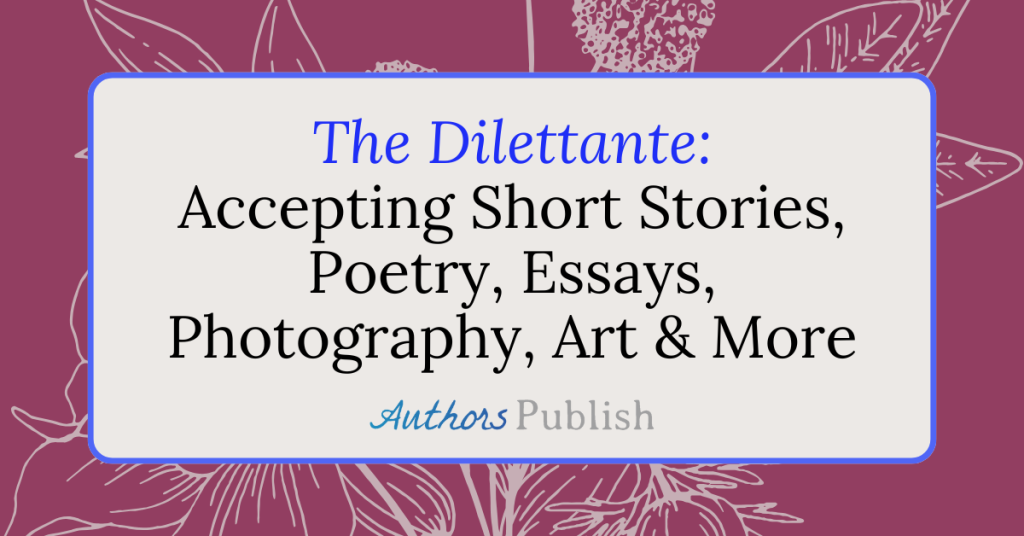By Cait Moore
These days there are a multitude of promotional tactics that authors can use to garner attention for their books. Words like blogging, book tours and personal appearances fall from the mouths of my author friends daily. I agree. They are useful and indeed a necessary part of promotion. However, the lawyer in me would also like to state a case for another form of promotion: the submission of short stories, articles, poetry or personal pieces to journals.
Step One – What Are You Going to Write?
The first step is to work out what you are going to write. Think about your forte. What are you best at? If it is a short story, approach it in one of two ways. Write what you are passionate about and hope that a journal can be found to which you can submit your story. Alternatively, research all the journals that interest you and then write a story which you could submit to one or all of them. Bear in mind that some journals do not take simultaneous submissions so you may have to write more than one short story.
Step Two – Who Are You Going to Submit To?
Once you have written your piece, choose whether you are going to write to a social justice journal, academic journal, literary journal or a combination of them. Some journals are associated with universities or renowned medical institutions and publishing with them can bring credence to your name as an author, especially on your resume. Just do not forget that when you submit, it is always best to learn about the journal, read some of what has already been published to familiarise yourself with what they usually accept. Failure to do this may result in an email response that you won’t like to read.
Step Three – Common Misconceptions
Whatever you do, do not:
- Overthink the submission and balk at the idea of submitting to a journal.
- Consider journal publishing houses as out of your reach.
- Conclude that literary journals only publish a certain type of writing.
- Forget to read the submission guidelines. They can be more detailed than when submitting to a publisher or an agent.
- Forget to check whether your name should appear in the article or not. Often journals want to read the submission blind and do not want any reference to you in the work. It can be easy to miss this point when you are happily doing multiple submissions a day.
- Send simultaneous submissions when the journal says not to because you might find yourself in a bind if you get two acceptances at the same time.
On the contrary:
- Submit a polished piece on a subject you are passionate about.
- Read your final product out loud to yourself or anyone who will listen. I find it helps me spot any errors. If you do not like doing this, get an application that will read out loud to you.
- Always send a bio with your submission. Keep it to under 50 words and always include two social media contacts and the details of your book. Often the readers will look you up and follow you.
In conclusion, journals are often looking for something new and innovative. They want readers and they often want to publish the next big voice to emerge. Bring a freshness in style to your work and maybe it could be you.
Bio: Cait Moore studied commerce and law in Australia and pursued her career in the capital markets in London. Since she was knee high to a kangaroo, she’s harboured a deep love for the written word. Her fervent belief in the “one” has led her to explore in her fiction, what binds two hearts and souls. Hers belongs to her husband, author, Michael J Moore. Follow her at www.facebook.com/cait.moore.5477 and twitter.com/CaitMoore7.






